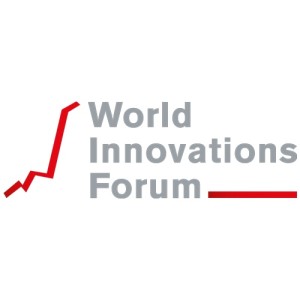Following the knowledge of old Swiss farmers, we will have a centennial summer in 2025. It is expected to be followed by a very harsh winter. However, given our efforts in CO2 conversion, it may not be so harsh and more comfortable.
Some scientists predict that we are rocketing into a new “Tropical Era” of roughly 40,000 years. The tropical era is nowadays called the interglacial time, suggesting that the glacial times will be milder between harsh ice ages. But knowing that we had palm trees at the polar circles, who knows what is right or wrong? Scientists debate that the Universe is much older than we thought, and others debate that the universe is infinite, which we actually believed for hundreds of years before the “Big Bang Theory” made its way into our learning, at least in Western societies.
What we can measure, we can manage, and what we can manage, we can believe.
Let’s observe the “flight” of our planet, which is the flight of our solar system through space and around the Milky Way’s orbiting path. We pretty much know, and can believe, that we are traveling at a speed of roughly 800,000 km/h or 19 million km per day.. Despite the unimaginable velocity, our solar system, including Earth, takes roughly 230 million years to make one complete circumnavigation around the center of our galaxy. Every 1,000 years, we pass through 7 trillion km, a significant distance even in space. Enough to go through different influences, waves, energy, and other cosmic rays.
In total, we traveled about 1.6 sextillion km, which is roughly 1,600,000,000,000,000,000,000 km, until Mother Earth reached where we are today.
 Image by Reddit
Image by Reddit
Something about time and space
Everything we know about time and space is still very vague. I said once, the only time span we can influence is the future, and I mean it. But there are many other, powerful forces that influence time as well.
Do we influence Time?
How will we influence time? Our existence is influencing Earth already. That we fly to the moon while speeding through the Galaxy is a tiny influence. But billions and trillions of intelligent beings will influence our solar system and neighboring solar systems like Proxima Centauri. We currently “terraform” Earth by extracting and changing natural resources and transforming them into energy, and we will continue doing so. Can we change our mindset by only thinking about it? Do our thoughts that become concepts and eventually products transform our future? Absolutely – we only need to look at the past. Will thoughts generated by AI contribute to the change? Also, absolutely, it already does. In other words, we craft our future and will do so ever more rapidly and intensely. Why do we do that? What is it that we are collectively and massively driving change? Is it our decision or our ability that is somehow given to us? Is it also our purpose or just an accident? And finally, is it intuition or survival?
Why would we want to influence time?
If it is survival paired with instinct, then there is one obvious reason: We know with 100% certainty that our planet, like any other planet, will not be inhabitable forever. Also, we will die, but will the concept of intellectual biological life, as it evolved, also go away? Or is it worth protecting what nature gave us as a gift?
Maybe an interesting conclusion
No matter how we turn it, no matter what perspective we take, what we believe, if anything, the fact is: our species is nature’s best bet to disperse intelligent biological life throughout the galaxy – at least for the next few million years.
Something about time and space
As we fly through time and space, the human race evolves at an exceptional speed, by an order of magnitude faster than any other living being. I tend to believe it is not even up to us, but somehow driven by nature, like anything else.


